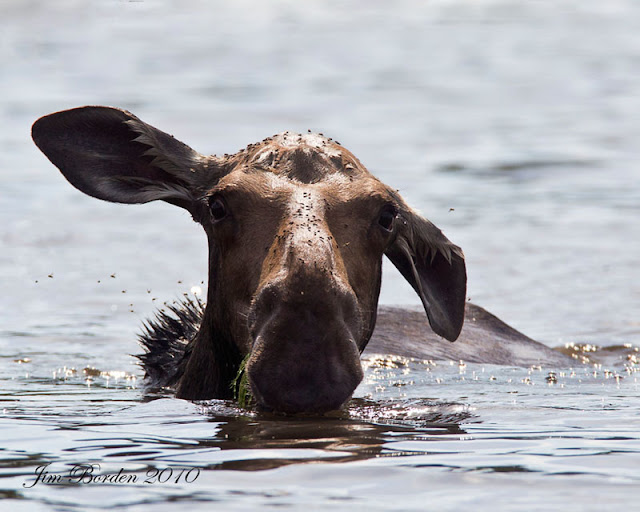Canon 1D MK IV; Canon 600 f4 with 1.4TC (840mm) @f8 1/2500 -.33EC ISO1000 @100+ yds
Northeast USA is a wonderful place to be in winter to enjoy the American Bald Eagle. As winter freezes rivers and lakes in Canada and the Northeast USA, the Bald Eagles migrate south in search of easier food supplies. They congregate in areas of open water with a good supply of fish. Places like the Conowingo Dam in Maryland, the reservoirs along the Hudson River Valley and the Delaware River Valley become stopping and/or wintering spots for the Eagles. Joan and I have found some places that have been good for us for eagle sightings as well as Eagle Photography. The Conowingo Dam in Maryland is a popular place for birders and photographers to congregate in October and November to view and photograph the eagles. The activity continues through the winter but with less activity than is seen in October and November. I am not certain why-but have a theory that the eagles that stop at Conowingo end up going father south for the winter months. We have found that the Northern Delaware water shed region has been a very good area for observing and photographing the Bald Eagle in winter. We visited one such area on Monday-January 3 and were treated to an entire day of eagles fishing in open water at the upper end of a reservoir. It was exciting to watch and photograph. We could not successfully photograph part of it as there were trees between the road and the stream entering the reservoir. One tree there had 12 adult bald eagles perched in it. The photography is done from the vehicle on a window mount. The reason for this is that leaving the vehicle is prohibited by law in that area when the eagles have migrated there. Many of the eagles there have migrated from areas where they have little to no contact with humans and people outside of vehicles alarm them and they fly away and do not come back. We have previously used a small boat launch parking lot and could be within 35 to 50 yards of the perched and flying and fishing eagles. However, that parking lot is closed this winter because of individuals last winter ignoring the regulations and they were getting out of the vehicle. Images can still be done in that area but the distance is 100 plus yards.
A very solid mounting system is required. Some use window bags, but I have found with large lenses to get sharp results I have to use a sturdy window mount (such as a BM or Kirk) along with ball head and sidekick Gimbal.
Here are some shots from January 3:
Immature taking flight:
Canon 1D MK IV; Canon 600 f4 @f5.6 1/1600 ISO1600 @about 100 yds
NYS Blue banded D44 After Takeoff:
Canon 1D MK IV; Canon 600 f4 @f5 1/1250 ISO1600 @about 100 yds
NYS Blue D44 surveying the situation:
Canon 1D MK IV; Canon 600 f4 @f7.1 -.33EC 1/160 ISO640 @about 60 yds
NYS Blue Y50 sitting on stump watching ducks:
Canon 1D MK IV; Canon 600 f4 @f5 1/640 -.33EC ISO1600 @60 yds
Maryland Pink Band U2 Landing on stump with a fish:
Canon 1D MK IV; Canon 600 f4 with 1.4TC (840mm) @f8 1/1250 -.33EC ISO1000 @100+ yds
Immature Bald Eagle in flight:
Canon 1D MK IV; Canon 600 f4 @f6.3 1/1600 -1EC ISO400 @100+ yds
Immature coming in for a catch:
Canon 1D MK IV; Canon 600 f4 @f4 1/4000 -.33EC ISO2500 @about 100 yds
Three adults looking for small fish along edge just before dark:
Canon 1D MK IV; Canon 600 f4 @f4 1/320 ISO1000 @about 100 yds
Immature on stump watching ducks:
Canon 1D MK IV; Canon 600 f4 with 1.4TC (840mm) @f9 1/1600-.33EC ISO1000 @about 60 yds
Until next time!
Jim Borden




























